mostly weaponry & handicrafts reblogs • main @deepdowninshipperhell
Don't wanna be here? Send us removal request.
Text
Another month, another shawl. This time for my good friend. She picked the colors and chose the pattern. It's Rutka shawl by Martika Grabowska (Kaleo handmade).
I used a little under 1400m for this one and I made it in record time of under two weeks.



74 notes
·
View notes
Text
Hooking rugs that look like dogs
Here's how I do it:
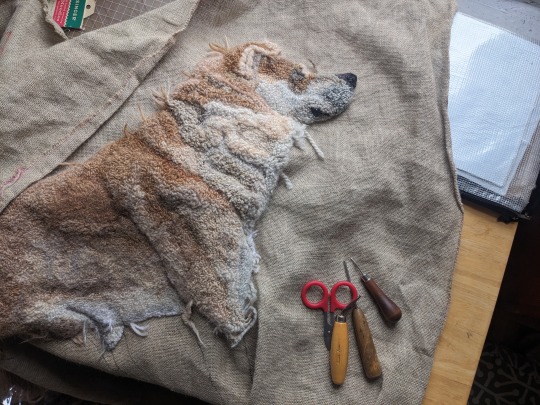
The process I use is called rug hooking (not latch hook or punch needle or tufting, though it is the forerunner of the latter two techniques). Rugs are hooked by pulling loops of fabric strips or yarn through the holes of a base fabric with a coarse open weave, like burlap, or linen, or rug warp. The loops are pulled through the fabric with a squat-handled hook whose business end is shaped like a crochet hook. There are no knots and the loops aren't sewed down in any way. The whole thing stays put just by the tension of all those loops packed together in the weave of the foundation fabric.
This isn't a true detailed tutorial but a walk-through of my particular process. The same information is on my web page, emilyoleary.com .
I hook with yarn, rather than with cut strips of wool fabric, which is what many rug hookers use. I can get a looser, more organic distribution of loops with yarn than I could with wool strips, which are hooked in neat lines.
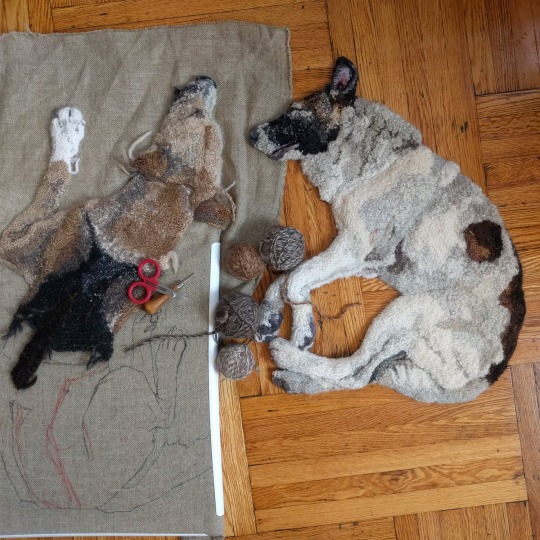
Mostly I use wool yarn. In terms of yarn weight, I can use DK, worsted, or Aran. If I'm using thicker yarn, I leave more holes un-hooked; if I'm using finer yarn, I hook more densely or double up lengths of it. I particularly like using single ply yarns (like Brown Sheep Lamb's Pride or Malabrigo Worsted). I don't keep count, but I think I usually use around two dozen types and colors of yarn per dog.
This is my yarn wall in my apartment. Mostly brown and gray yarn!

I start from a small drawing in my sketchbook, then I head to FedEx office to use a copy machine, blowing up the drawing repeatedly and experimenting with how big the dog rug should be.

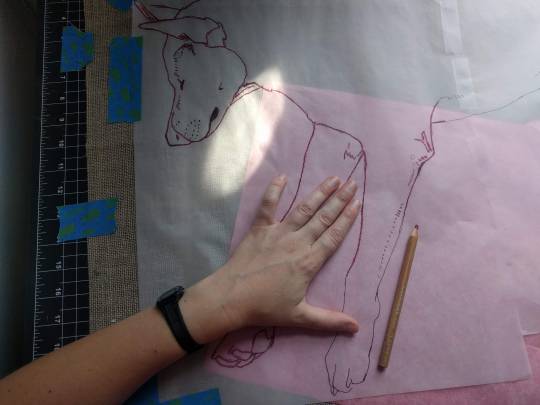
After transferring the image onto my linen, I immediately go over it with Sharpie, because the Saral is really difficult to see and really easy to rub off.

The rug is held taut by a PVC quilting frame that I set on my lap.
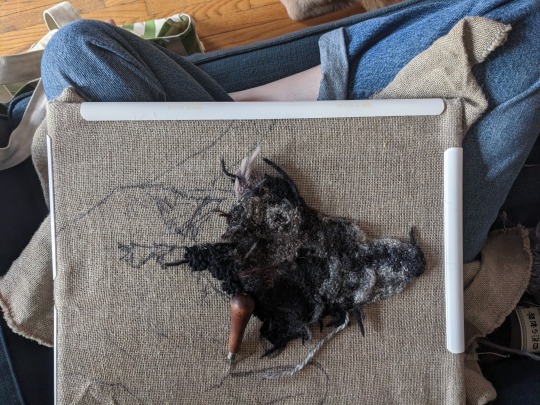
I push my hook down through the fabric with my right hand and my left hand stays below the fabric and guides the yarn while I pull it up and through with the hook. Not every hole in the fabric is hooked. Hooking every hole would make the rug too dense. I do hook pretty densely, though-- If you pick up one of my rugs you’ll see they have a slight curl to them, which is because they’re hooked pretty tight. I'm using all different weights and types of yarn, so it's a challenge to keep the overall tension even.

I hook my loops at varying heights to create a very low relief. Sometimes I trim the loops to make them fluffier or wispier or to shape a particular part. I look at a reference photo while I work and pull out and redo sections a lot.
My q-snap frame can accommodate the growing dog rug. I have extenders to make it bigger and I can clamp around my hooking.

The back of a rug looks like lines of little stitches. The lines are little worm trails snaking around because lines of hooking are not supposed to cross over each other. It's important to start a new length of yarn rather than cross over a stitch you already made! I read this when I first started and took it to heart. It makes it much easier to undo and redo hooking if you have to (and I redo sections A Lot). It also keeps the back from getting too bulky and resulting in uneven wear on the back of a functional rug that gets floor use.
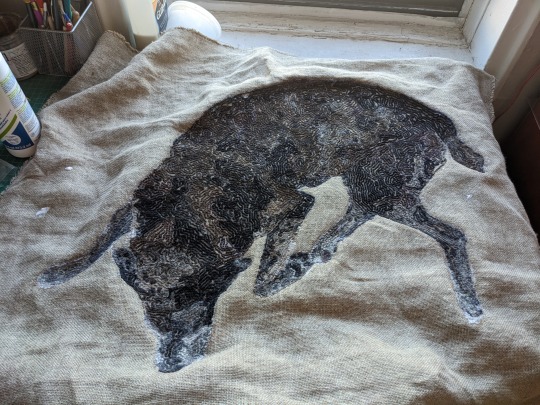
When I’m done hooking everything I turn the rug over and brush watered-down Sobo glue on the edges of the dog, making sure to get one or two of the outermost lines of hooking. I do a couple coats of this thinned out glue. I'm careful not to use so much that it seeps to the front of the rug. When the glue is dry I cut the rug out, but I don't cut so close that the loops don't have any linen to keep them in.

It generally takes me at least several months to finish one dog rug. My hooking frame and yarn bag are very portable (though bulky) so I can hook out and about at coffee shops or the library or a brewery if there's enough space and light.
Hooking in the wild makes me an ambassador for making things in general and rug hooking in particular. I answer people's questions and always emphasize how relatively easy it is to get started hooking. Sometimes I get anxious that other people will hook rugs that look like mine but better, but I think that working in a traditional medium means you should share your knowledge for the good of the craft.
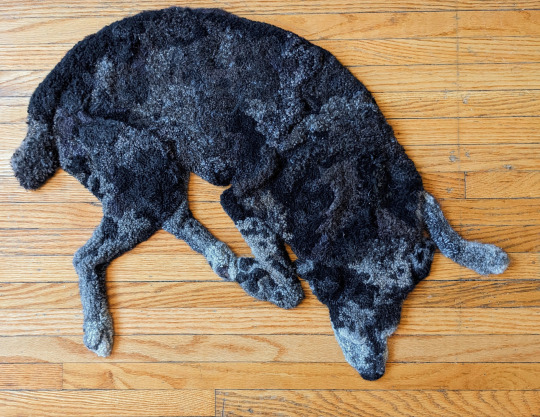
9K notes
·
View notes
Text
Demonstrating the rope dart (繩標; sheng2biao1)
[eng by me]
58K notes
·
View notes
Text
My rendition of Odin riding atop his 8 legged horse Sleipnir. Hand carved in slate 30 cm x 30 cm.

2K notes
·
View notes
Text



Started a new vest project this week ! Test swatch + bottom section ⛪🌿
30K notes
·
View notes
Text

not putting my face on this site in case the fae try to steal it but I am proud of this beadwork
49K notes
·
View notes
Text

Decided to start sharing my crochet projects sometimes on here. First one to share is this bag I made for my bffs birthday
Took a while but her reaction was worth it lol
(Bonus points if you know what the squares mean :P)
Edit: a few people asked so here’s the link to the grid pattern I used 👍🏼
2K notes
·
View notes
Text
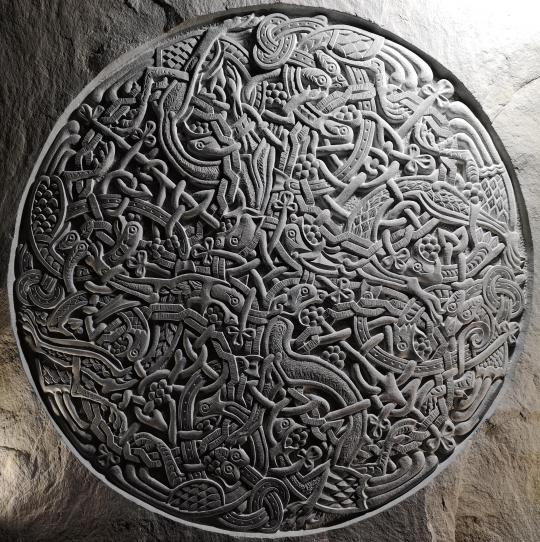
New to Tumblr, going to start dumping some of the stone carving that I've done here.
This big slate carving is based on a design from the Book of Kells, all hand carved with hammer and chisels.
24K notes
·
View notes
Text
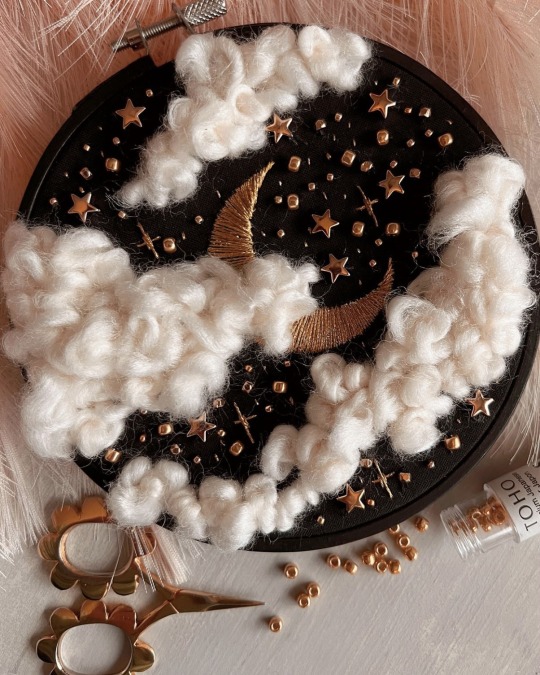
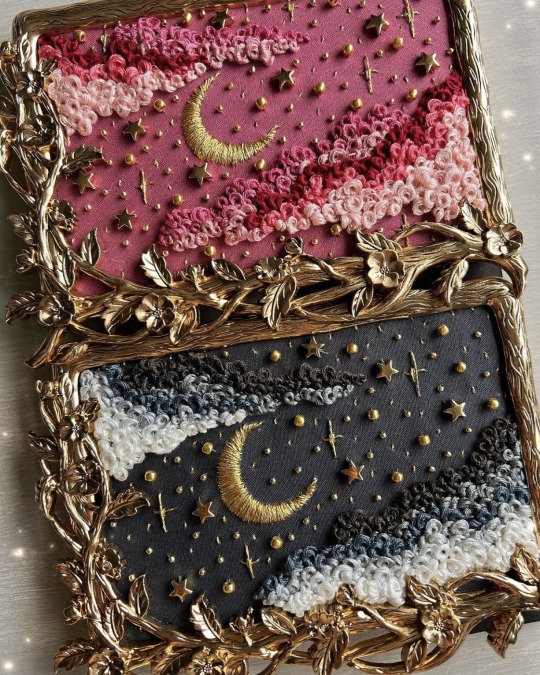
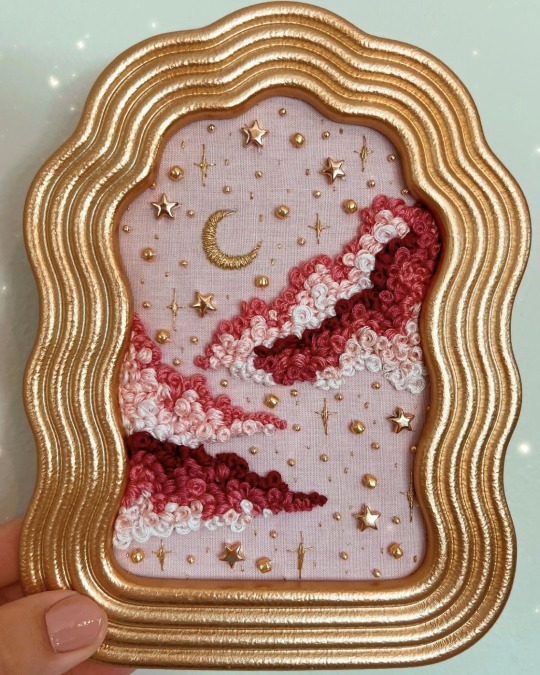
Embroidery by Erin Alyssa (saltwaterstitches on instagram)
1K notes
·
View notes
Text
You know what, since I'm thinking about it anyways, let's talk formalwear accessories. Most of these are traditionally menswear but a bit of gender fuckery is good for the soul, and frankly most of these are about making your mass-produced clothing fit and lay properly without having to go to the tailor.
Shirt stays: these go around your thighs to hold your shirt down, so that it stays smooth and tucked in. They're usually elastic, with 1-3 clips, and if you wear skirts frequently this is a GREAT way to make sure your top doesn't ride up. The clips will be visible if you're wearing something tight, so loose pants or skirts are where these do best. There's also an insane version that clips to your socks, but that is for lunatics. If you wanted, you could also use one of these clips to hold up thigh-highs.
These do a great job of smoothing and narrowing the waist area by keeping your shirt from bunching there.
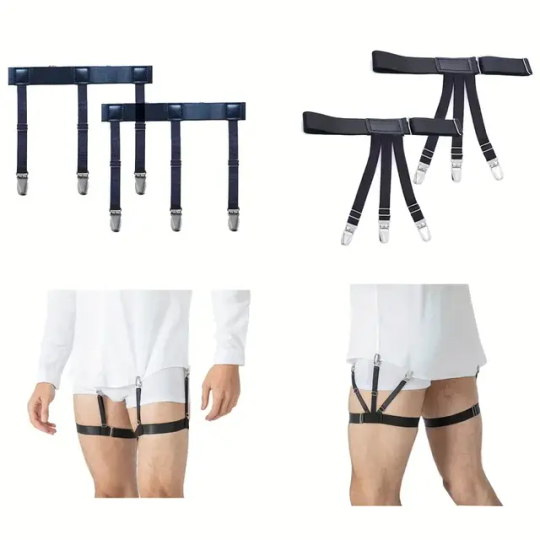
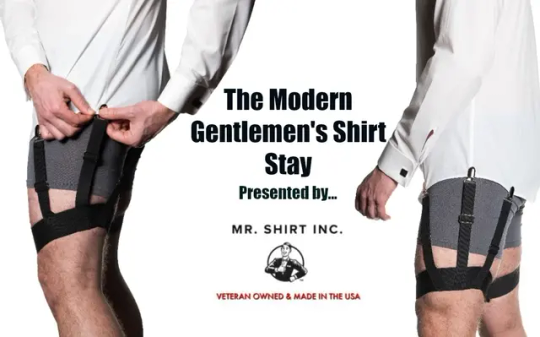
Sleeve garters: usually metal, leather, elastic, or silk. These are usually worn with button-down shirts to adjust where your cuff falls on the wrist or hand. They're properly worn on the upper arm, and you pull the fabric of the sleeve above the garter until you cuff is where you want it. Because this creates a puff of sleeve at the bicep, it also broadens the appearance of the shoulders. It's great if you're working with your hands or if your sleeves are often too long for your preference.
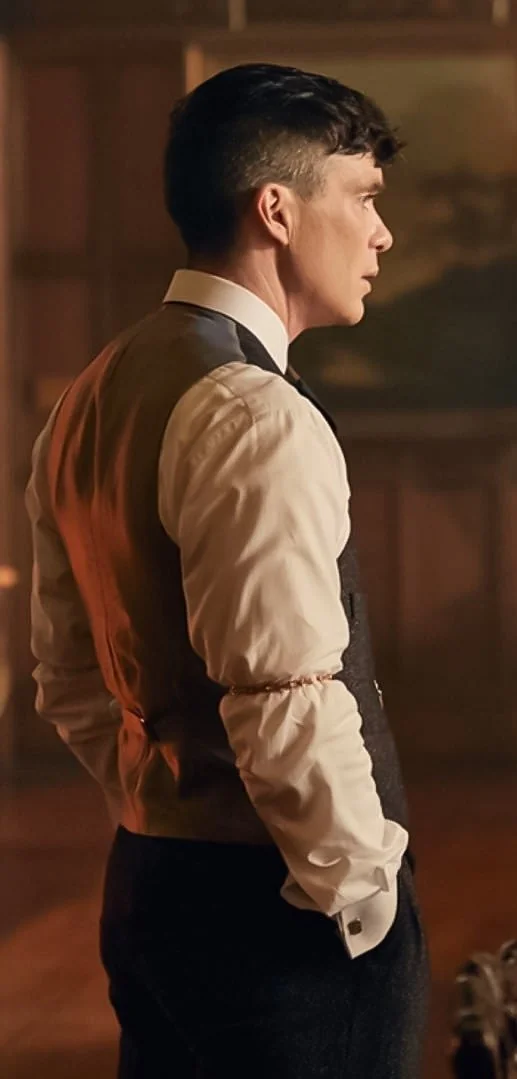
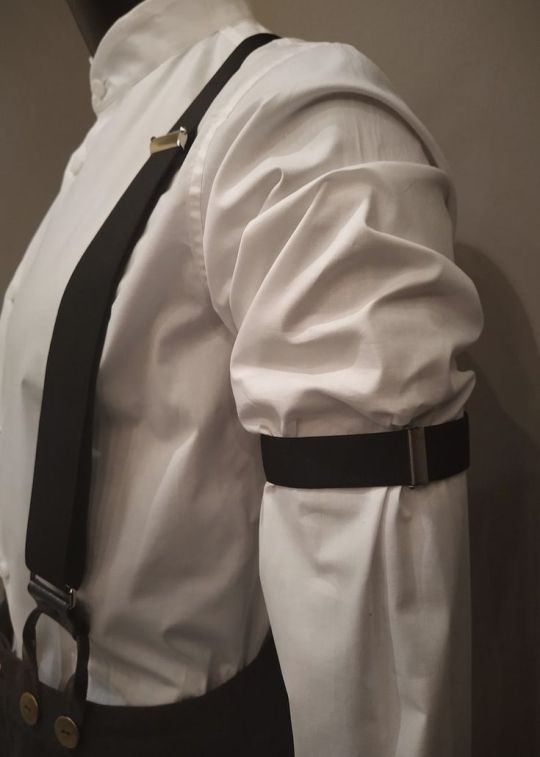
Waistband clip or belt adjustment clip/buttons
Three different ways of tightening the waistband of a pair of pants or a skirt. You're not going to get more than an inch or so tighter without weird bunching, and for most of these you'd want them to be hidden under a shirt or jacket, but they do the job if that's something you're having issues with.

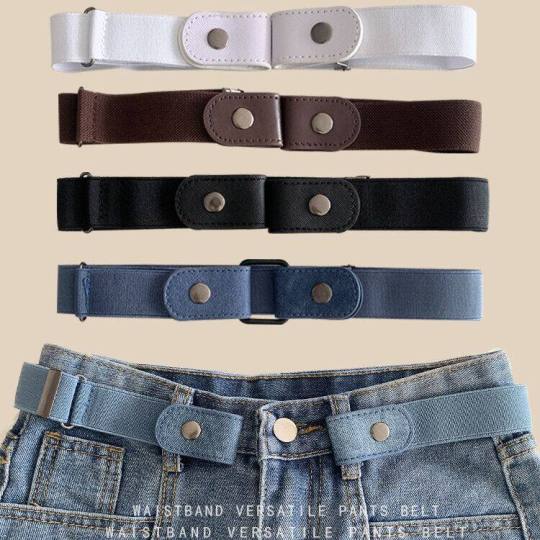

Collar pins: There are so many fun ones out there, both with and without chains. They're not terribly practical, though the slight weight may help keep your collar where you want it. Also consider collar tips, which pin (surprise) to the very tips of your collar points.
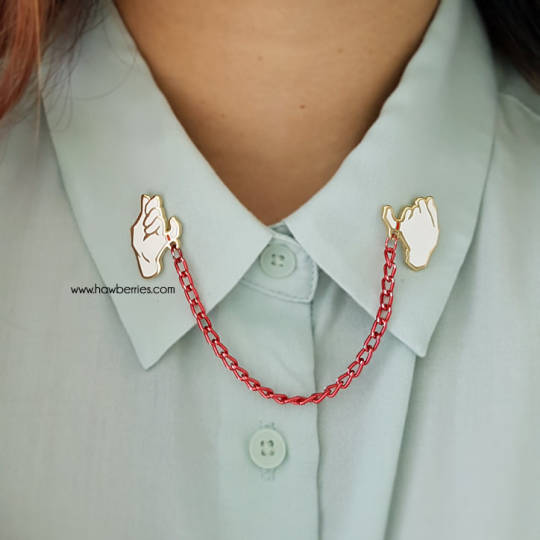
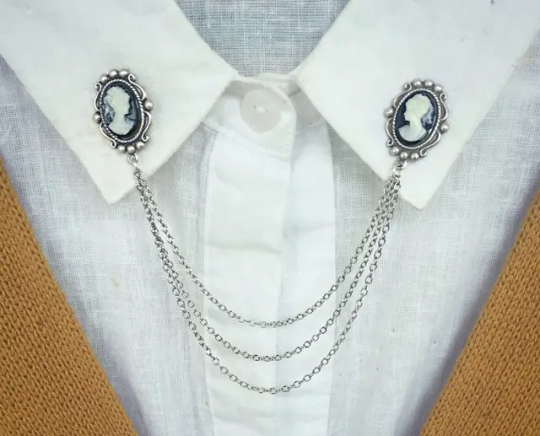
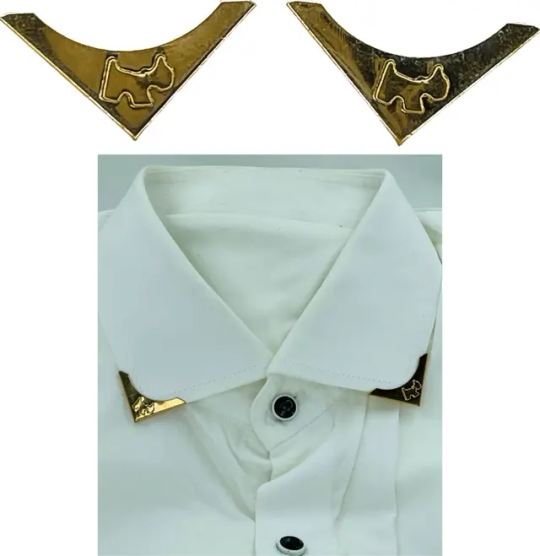
Sweater clips/guards: meant to hold your sweater or cardigan mostly closed. Great if your cardigan doesn't button, or if you don't like it to be buttoned all the way.
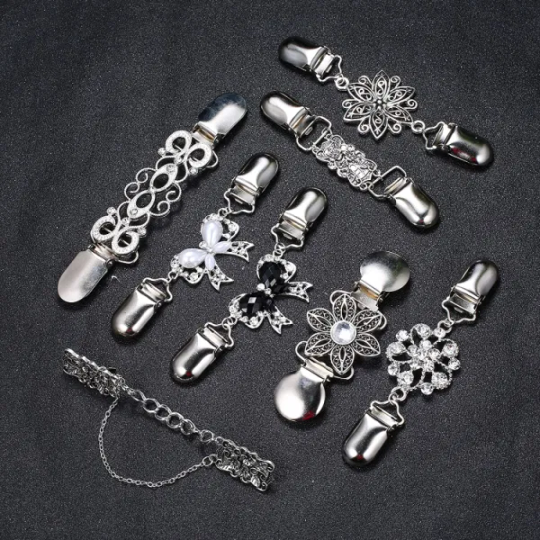
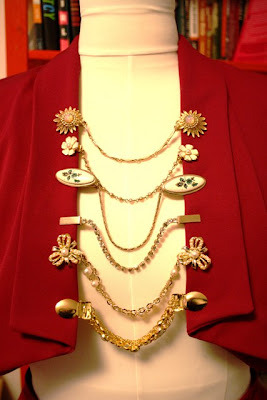
There's tons of other stuff out there like this--etsy is a great place to find this stuff. A lot of these are old solutions to the very modern problem of mass-maufactured clothes not being as one-size-fits-all as advertised, but they're also a fun way to put a bit of personality into businesswear.
43K notes
·
View notes
Text
Singing folk song of the grasslands by 何炫丽 (bgm: chilege敕勒歌)
461 notes
·
View notes
Text

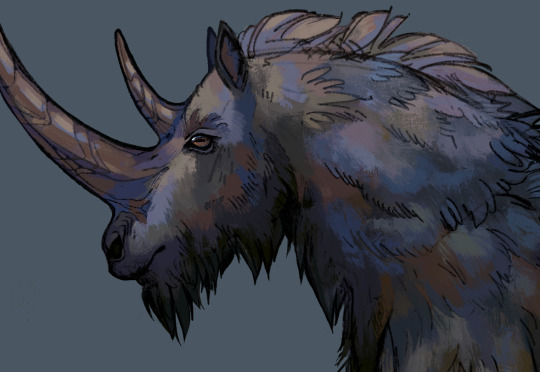
finished this. neolithic woolly rhino unicorn 🦄
3K notes
·
View notes
Text
Oh hey, do you know what time it is? It is highly specific resource time!
Today we have the Royal School of Needlework Stitch Bank! There are HUNDREDS of stitch types in the RSN Stitch Bank.
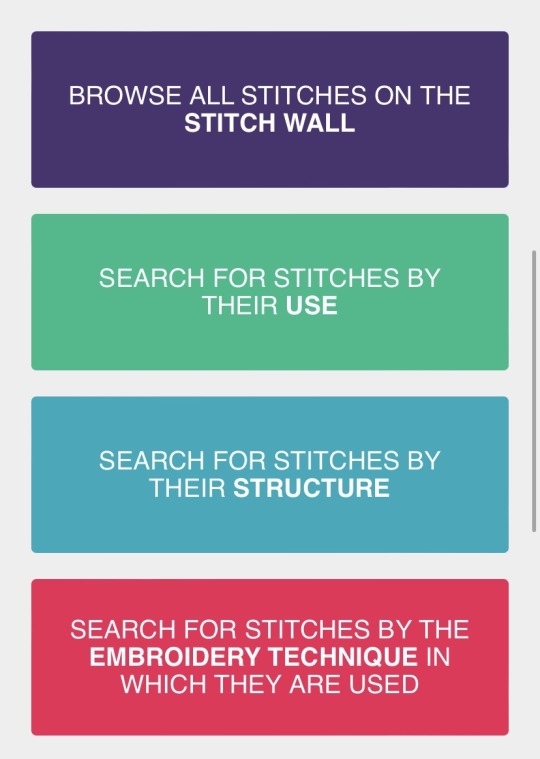
And more added regularly, let’s look at a recent addition
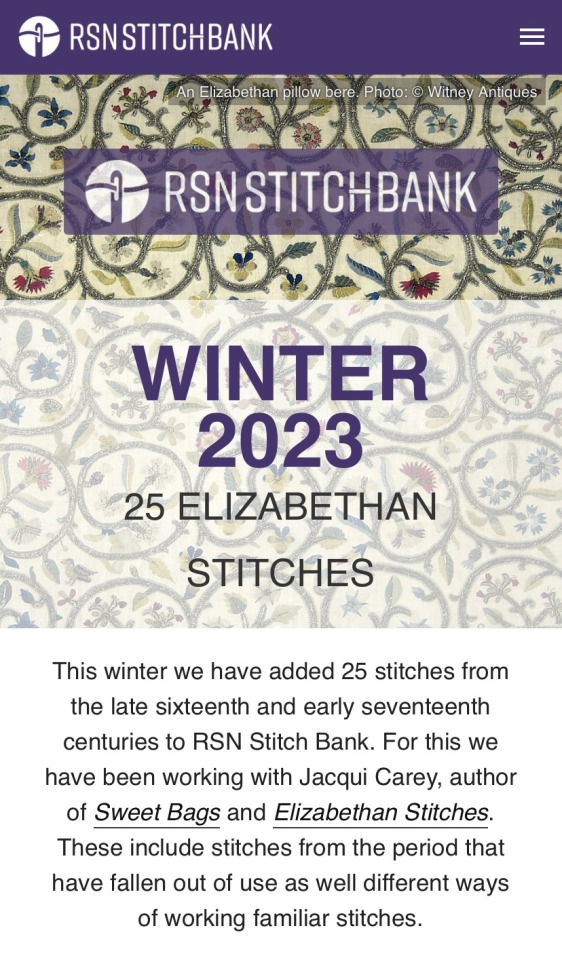
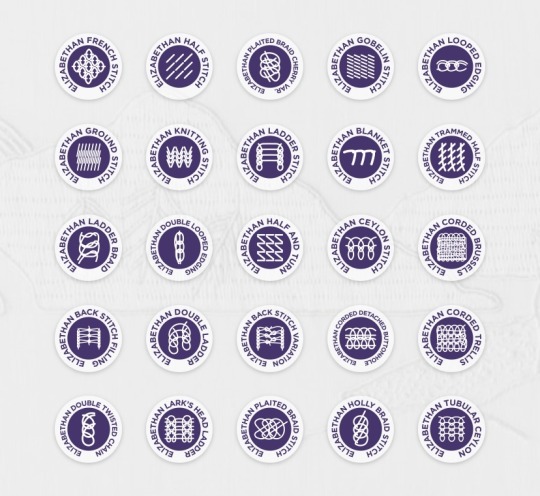
I picked the first one in the 25 recently added Elizabethan stitches, the Elizabethan French Stitch

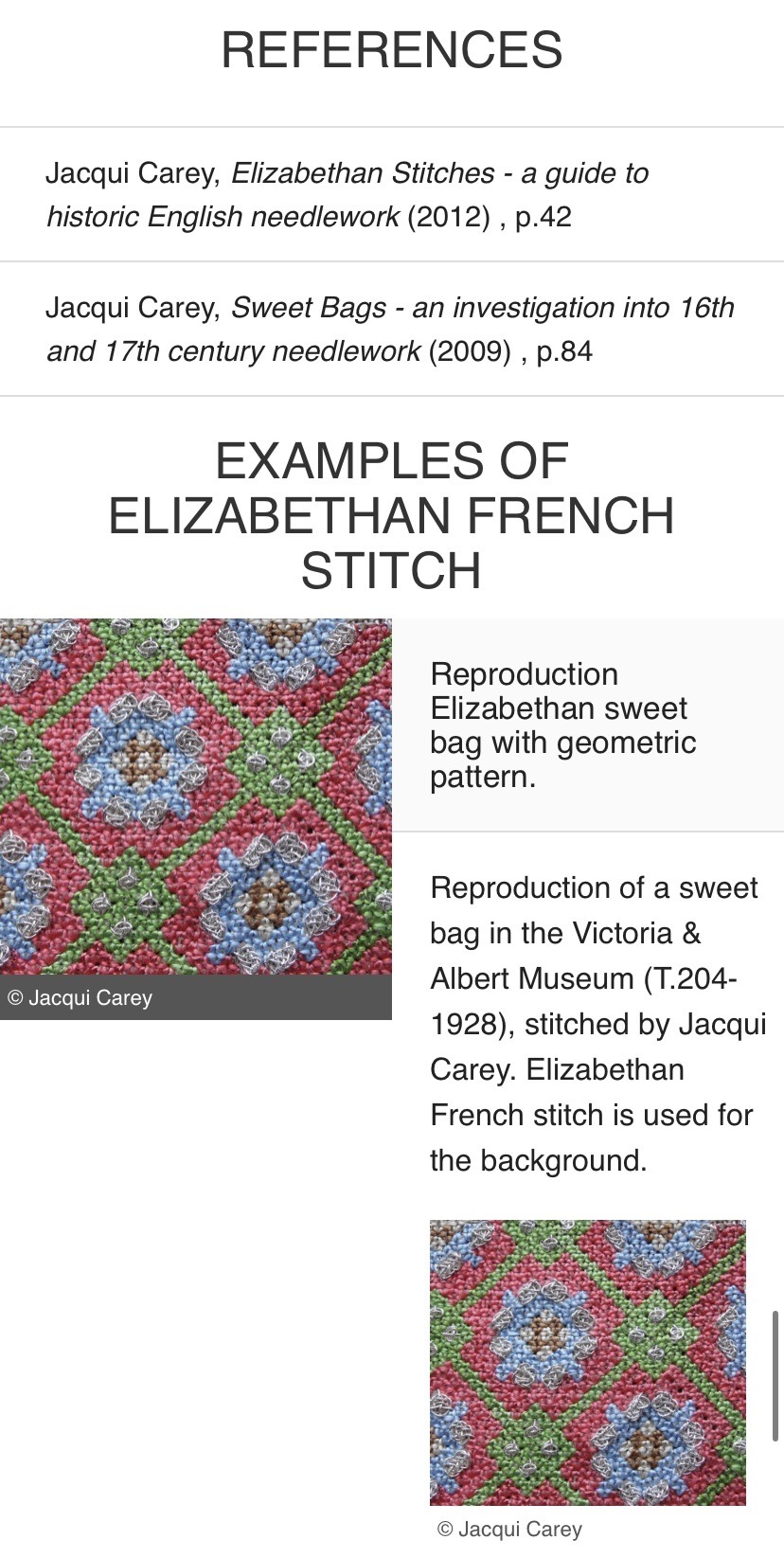
The stitch bank provides written and photo tutorials as well as a video option to learn to do it yourself. There are examples of the stitch in use, resources, references, everything but a needle and thread!
rsnstitchbank.org
21K notes
·
View notes
Text
the 50$ sword i got from a shady flea market was diagnosed to be a wall-hanger rather than a prop so i spent today making it the prettiest wall-hanger in the land
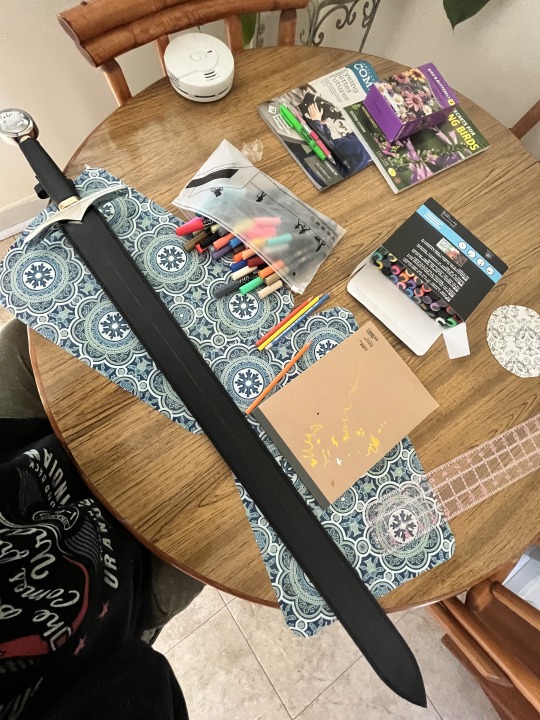

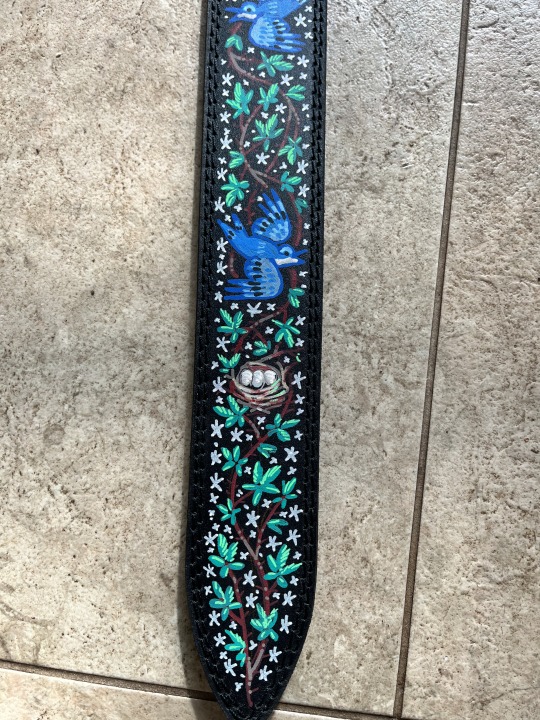

28K notes
·
View notes
Text
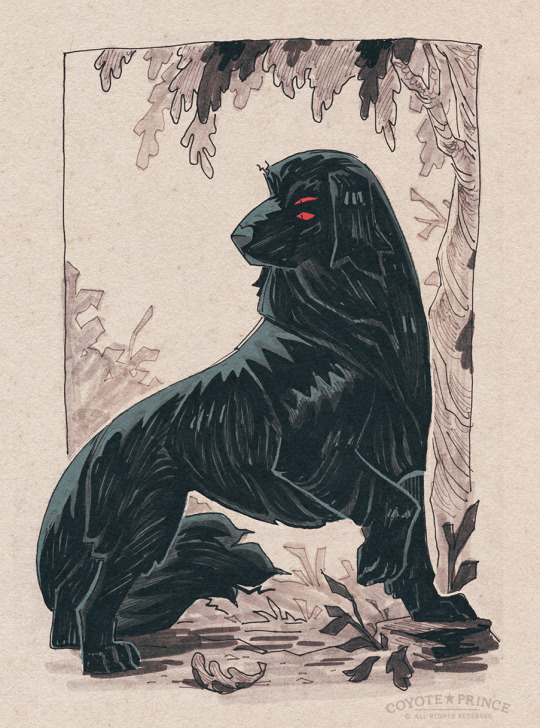
Morley, the heavy lifting shuck. She's based on Newfoundlands
436 notes
·
View notes
Photo
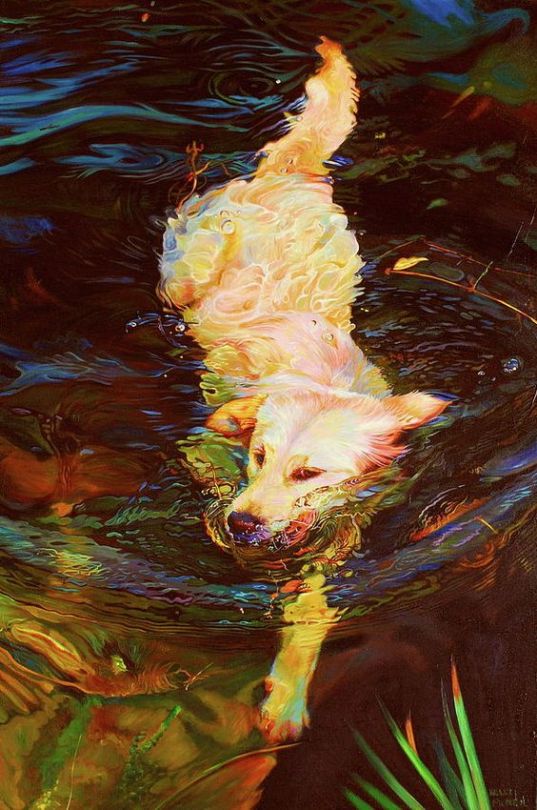
Waterdance Painting - Waterdance Fine Art Print
23K notes
·
View notes
Text

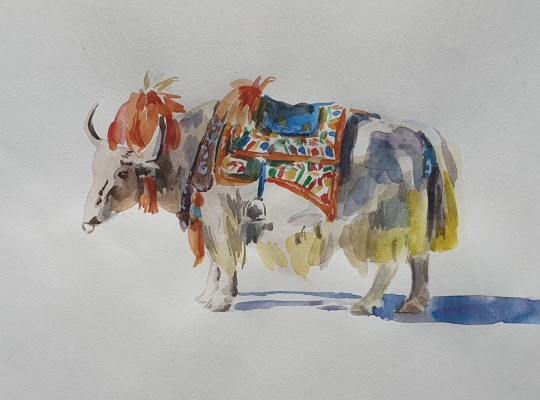

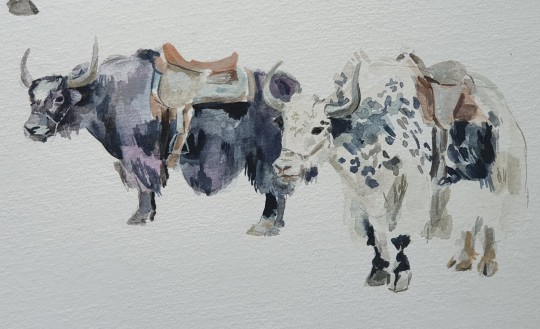
I've been self medicating my sadness by painting yaks.
6K notes
·
View notes